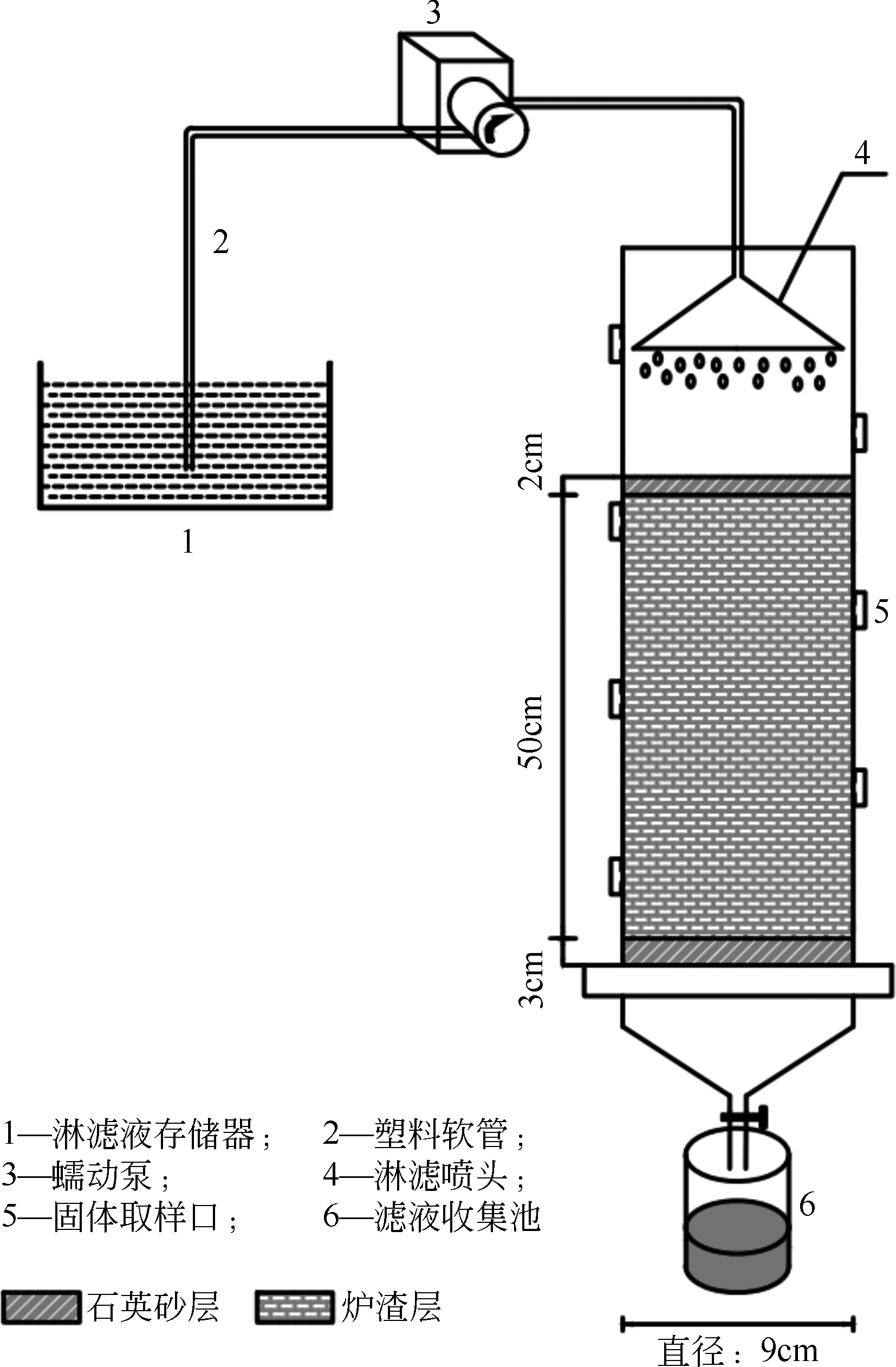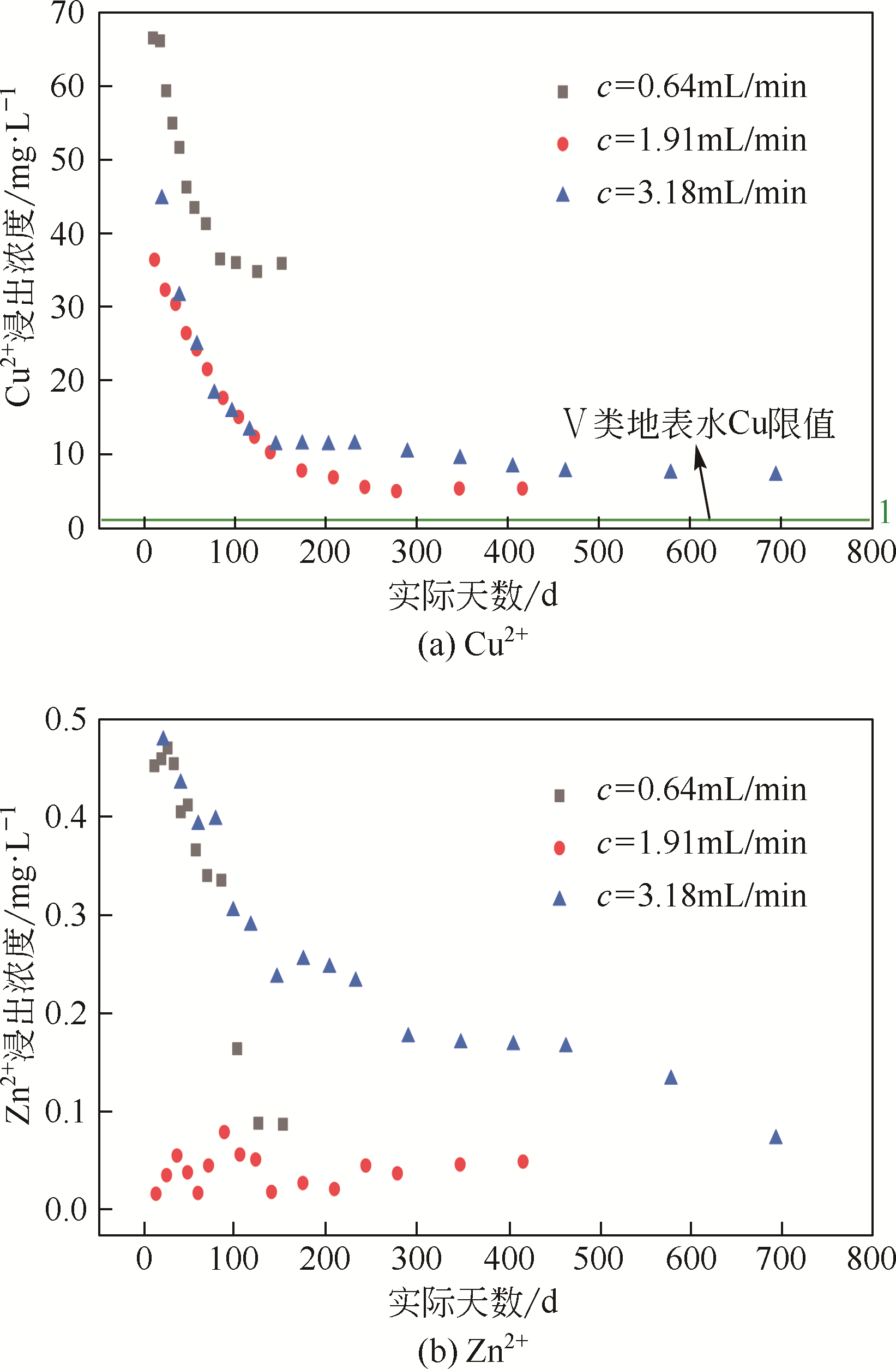| 1 |
MUHAMMAD, SHOAIB, et al. Production of eco-cement exclusively from municipal solid waste incineration residues[J]. Resources, Conservation and Recycling, 2019, 149: 332-342.
|
| 2 |
YOON J Y, LEE J Y, KIM J H. Use of raw-state bottom ash for aggregates in construction materials[J]. Journal of Material Cycles and Waste Managemen, 2019, 21(4): 838-849.
|
| 3 |
VALLE-ZERMENO D R, FROMOSA J, CHIMENOS J M, et al. Aggregate material formulated with MSWI bottom ash and APC fly ash for use as secondary building material[J]. Waste Management, 2013, 33(3): 621-627.
|
| 4 |
KUO W T, LIU C C, SU D S. Use of washed municipal solid waste incinerator bottom ash in pervious concrete[J]. Cement&Concrete Composites, 2013, 37: 328-335.
|
| 5 |
ASHRAF M S, GHOULEH Z, SHAO Yixin. Production of eco-cement exclusively from municipal solid waste incineration residues[J]. Resources, Conservation & Recycling, 2019, 149: 332-342.
|
| 6 |
CIARAN J, LYNN R, DHIR G, et al. Use of incinerated as aggregate in concrete: a compressive strength model[J]. Magazine of Concrete Research, 2019, 71(23): 1253-1264.
|
| 7 |
TORALDO E, SAPONARO S, CAREGHINI A, et al. Use of stabilized bottom ash for bound layers of road pavements[J]. Journal of Environmental Management, 2013, 121: 117-123.
|
| 8 |
LYNN C, GHATAORA G, DHIR R. Municipal incinerated bottom ash (MIBA) characteristics and potential for use in road pavements[J]. Science Direct, 2017, 10: 185-201.
|
| 9 |
TORALDOE, SAPONARO S. A road pavement full-scale test track containing stabilized bottom ashes[J]. Environmental Technology, 2015, 36(9): 1114-1122.
|
| 10 |
刘栋, 李立寒, 杨昆. 生活垃圾焚烧炉渣沥青混合料的耐久性能[J]. 同济大学学报(自然科学版), 2016, 44(1): 1-7.
|
|
LIU Dong, LI Lihan, YANG Kun. Durability of asphalt mixture containing municipal solid waste incineration bottom ash aggregate[J]. Journal of Tongji University(Natural Science), 2016, 44(1): 01-07.
|
| 11 |
PHILIP V, NIELS R, ARNO B, et al. Sustainable high quality recycling of aggregates from waste-to-energy, treated in a wet bottom ash processing installation, for use in concrete products[J]. Materials, 2016, 9.
|
| 12 |
杜锋, 程温, 程艳茹, 等. 对生活垃圾焚烧产物中重金属的探讨[J]. 环境科学与管理, 2011, 36(9): 72-74.
|
|
DU Feng, CHENG Wen, CHENG Yanru, et al. Study on heave metals in incineration products of domestic wastes[J]. Environmental Science and Management, 2011, 36(9): 72-74.
|
| 13 |
余磊, 谢宜东, 李海冰, 等. 不同pH浸提条件对生活垃圾焚烧炉渣重金属浸出影响研究[J]. 环境科学与管理, 2016, 41(1): 111-114.
|
|
YU Lei,XIE Yidong,LI Haibing,et al. Leaching tests of domestic garbage slag heavy metals under different pH[J]. Environmental Science and Management,2016,41(1):111-114.
|
| 14 |
ANNIKA A, JURATE K, HOLGER E. Evaluation and prediction of emissions from a road built with bottom ash from municipal solid waste incineration (MSWI)[J]. Science of the Total Environment, 2005, 355(1-3): 1-12.
|
| 15 |
YANG Z Z, TIAN S C, LIU L L, et al. Recycling ground MSWI bottom ash in cement composites: long-term environmental impacts[J]. Waste Management, 2018, 78: 841-848.
|
| 16 |
ABDELKADER T, HUSSAIN A, ASHRAF A, et al. A lysimeter experimental study and numerical characterisation of the leaching of incinerator bottom ash waste[J]. Waste Management, 2010, 30(8/9): 1536-1543.
|
| 17 |
PRAAGH M, JOHANSSON M, FAGERQVIST J, et al. Recycling of MSWI-bottom ash in paved constructions in Sweden—A risk assessment[J]. Waste Management, 2018, 79: 428-434.
|
| 18 |
SABRINA S, MARIA C, ALESSANDRO A. Leaching behaviour of municipal solid waste incineration bottom ash: From granular material to monolithic concrete[J]. Waste Management & Research, 2017, 35(9): 978-990.
|
| 19 |
陆胜勇, 池涌, 严建华, 等. 初始pH值、液固比对某焚烧炉灰重金属渗滤的影响[J]. 环境科学学报, 2003, 48: 1-5.
|
|
LU Shengyong, CHI Yong, YAN Jianhua, et al. Effects of initial pH value and solid/liquid ratio on heavy metals of ash from an incinerator[J]. Acta Scientiae Circumstantiae, 2003, 48: 01-05.
|
| 20 |
刘兆鹏. 降雨作用下固化稳定化重金属污染土浸出特性的模型试验与数值模拟研究[D]. 南京: 东南大学,2015.
|
|
LIU Zhaopeng. Model test and numerical simulation study on leaching characteristics of solidified and stabilized heavy metal contaminated soil under rainfall[D]. Nanjing: Southeast University,2015.
|
| 21 |
ZHAO Y, ZHU Y T. Metals leaching in permeable asphalt pavement with municipal solid waste ash aggregate[J]. Water, 2019, 11(10): 2186.
|
 ), Linjie WANG2, Yonghao ZHU2, Xin QIAO2
), Linjie WANG2, Yonghao ZHU2, Xin QIAO2
 ), 王琳洁2, 朱永豪2, 乔欣2
), 王琳洁2, 朱永豪2, 乔欣2





